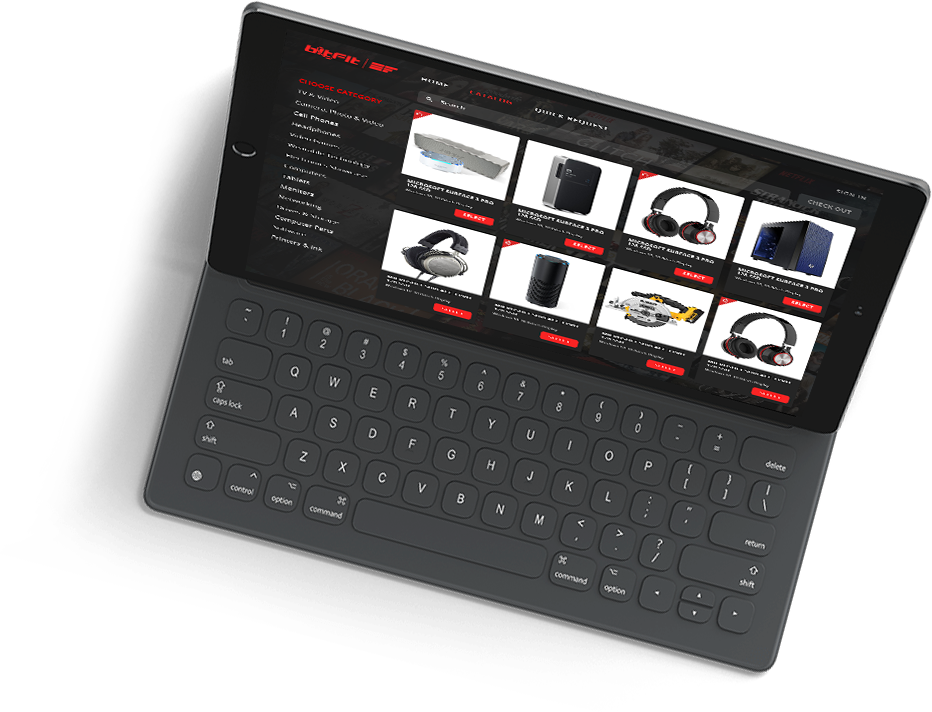
Introduction
Managing IT assets can be daunting in today’s modern digital age. Companies’ increasing number of devices, applications, and software require efficient IT asset management (ITAM) strategies. ITAM software makes it easier for organizations to track, monitor, and manage their IT assets. However, with so many available options, choosing the right ITAM software can take time and effort. This article will discuss choosing the right ITAM software for your organization.
Assessing Your Needs
Before you start looking for ITAM software, it’s important to assess your organization’s needs. This involves identifying the assets you need to manage, determining the scope of the management software, and understanding the level of customization you require.
Identifying what assets you need to manage: The first step in assessing your needs is identifying the IT assets you need to manage. This could include hardware such as computers, printers, servers, software, and applications. Once you have identified your assets, you can evaluate which software solutions best suit your requirements.
Determining the scope of the management software: It’s essential to understand the scope of the management software you require. For example, do you need a solution that manages only your hardware assets, or do you also need a software solution to manage your licenses and subscriptions? The software’s scope will depend on your organization’s size and complexity.
Understanding the level of customization you need: Some organizations may require highly customizable ITAM software, while others may only require basic functionality. Therefore, it’s important to understand the level of customization you need in the software to ensure it meets your specific requirements.
Features to Look for: Once you have assessed your needs, you can start evaluating the features of ITAM software. There are basic and advanced features to consider.
ITAM Software Basic Features
Inventory Management: The software should be able to track your IT assets and their location. This includes hardware, software, and applications. It should also provide real-time updates on inventory status.
Asset Tracking: The software should allow you to track the lifecycle of your assets, including their purchase date, warranty information, and maintenance schedule.
Reporting: The software should provide reports on asset usage, compliance, and financial data. This will help you make informed decisions about your IT assets.
ITAM Software Advanced Features
Automation: The software should have automation capabilities such as automatic updates, notifications, and alerts. This will save time and increase efficiency.
Integration: The software should be able to integrate with other software solutions you use. This includes accounting software, procurement software, and helpdesk software.
Scalability: The software should be scalable and able to grow with your organization. This is especially important if you plan to expand your IT assets in the future.
Compatibility and Integration
When choosing ITAM software, ensuring compatibility with your current system and infrastructure is essential. It would help if you considered the following factors:
Operating System: The software should be compatible with your current operating system. This includes Windows, Linux, and macOS.
Network Configuration: The software should work with your current network configuration. This includes wired and wireless networks.
Integration with Other Software: The software should be able to integrate with other software solutions you use. This includes accounting software, procurement software, and helpdesk software.
Ease of Use: The ease of use of ITAM software is essential for user adoption and efficiency. The following factors should be considered:
- User Interface and Intuitiveness: The software should have an easy-to-use interface that is intuitive for users. This will increase user adoption and reduce training costs.
- Training and Support Resources: The software vendor should provide adequate training and support resources. This includes user guides, online tutorials, and a helpdesk.
Security: The security of ITAM software is crucial, as it involves sensitive data.
Data Protection and Privacy: The software should provide data protection and privacy measures to safeguard your IT assets’ sensitive data. This includes access controls, encryption, and data backup and recovery capabilities.
Compliance with Regulations: ITAM software should comply with relevant regulations, such as the Health Insurance Portability and Accountability Act (HIPAA) and the General Data Protection Regulation (GDPR). This ensures that your organization’s IT assets are in compliance with legal requirements.
Cost: The cost of ITAM software is an important factor to consider when choosing the right solution for your organization. The following costs should be evaluated:
- Upfront and Ongoing Costs: The upfront cost of ITAM software includes the software license fee and installation costs. Ongoing costs include maintenance, support, and upgrade fees.
Evaluating ROI: When evaluating the cost of ITAM software, it’s important to consider the return on investment (ROI). The software should provide tangible benefits, such as improved efficiency, reduced costs, and increased compliance.
Choosing a Vendor
Choosing the right vendor is essential when choosing ITAM software. The following factors should be considered:
Researching Vendors: Research vendors to learn about their experience, reputation, and track record. This includes reading reviews and testimonials.
Evaluating Vendor Reputation and Track Record: Look for vendors with a strong reputation and a proven track record. This includes a history of delivering high-quality ITAM software solutions and excellent customer service.
Assessing Vendor Customer Support: The vendor should provide excellent customer support, including a dedicated support team, online resources, and a helpdesk.
Conclusion
Choosing the right ITAM software is essential for effective IT asset management. Before selecting a solution, assess your needs, evaluate the features, consider compatibility and integration, ease of use, security, cost, and choose a reputable vendor. By following these steps, you can ensure that you choose the right ITAM software for your organization, resulting in improved efficiency, reduced costs, and increased compliance.

